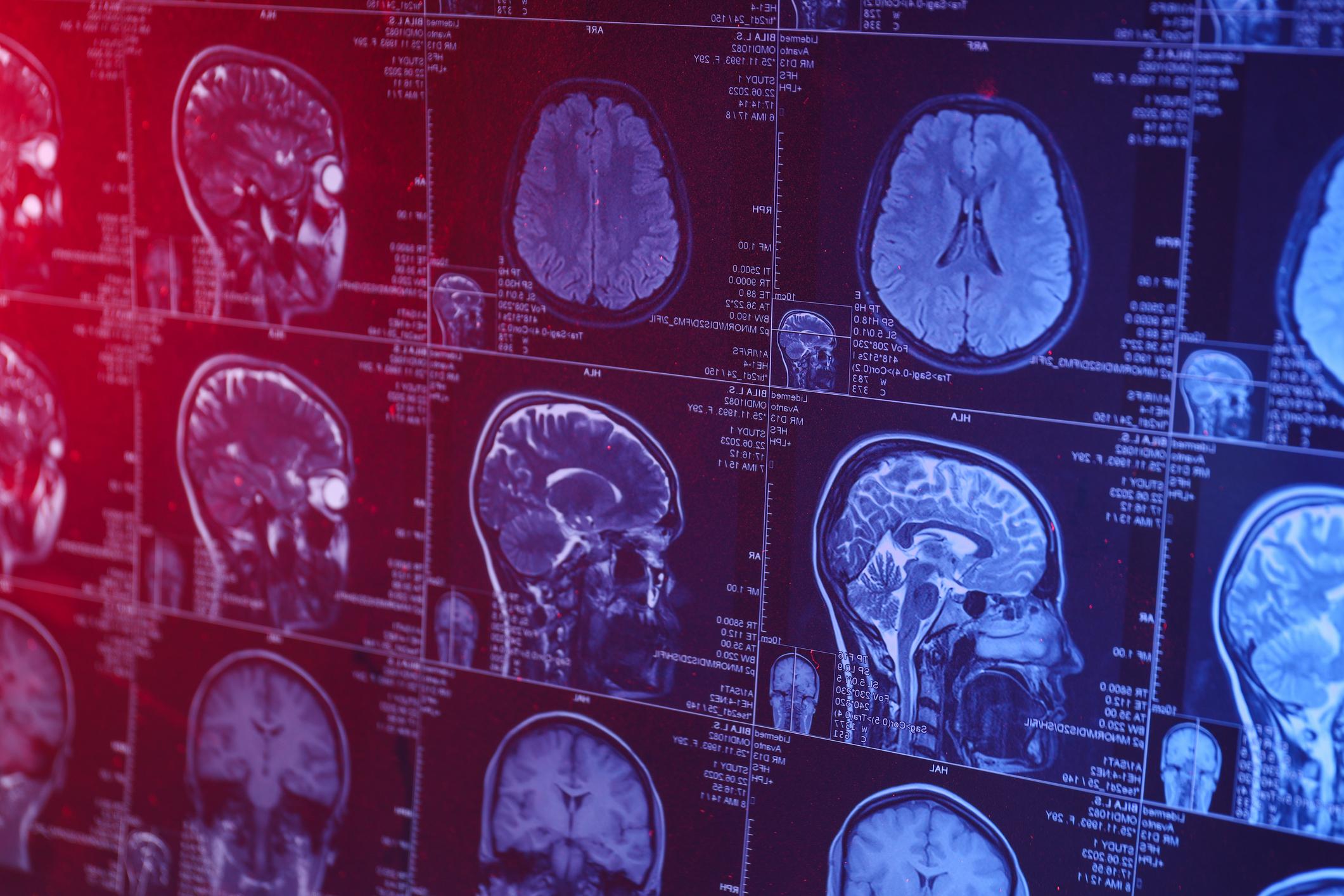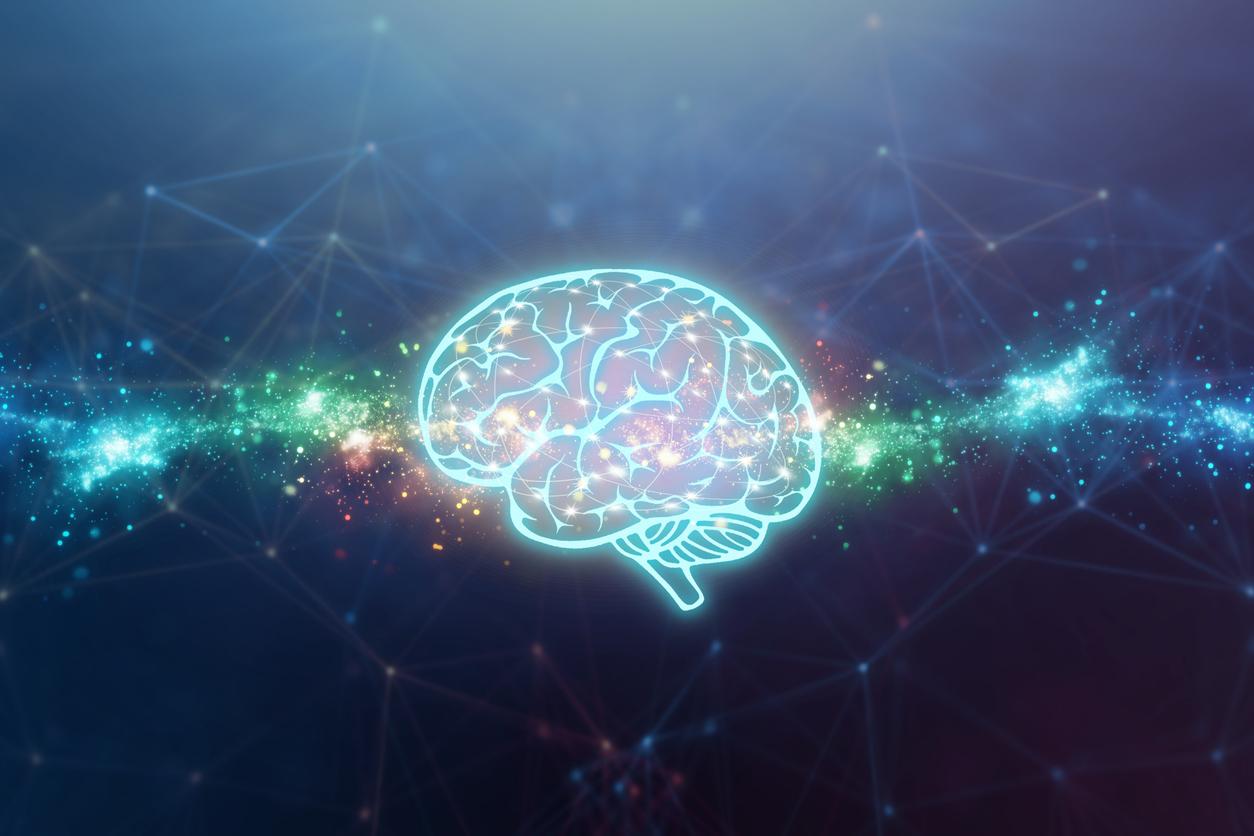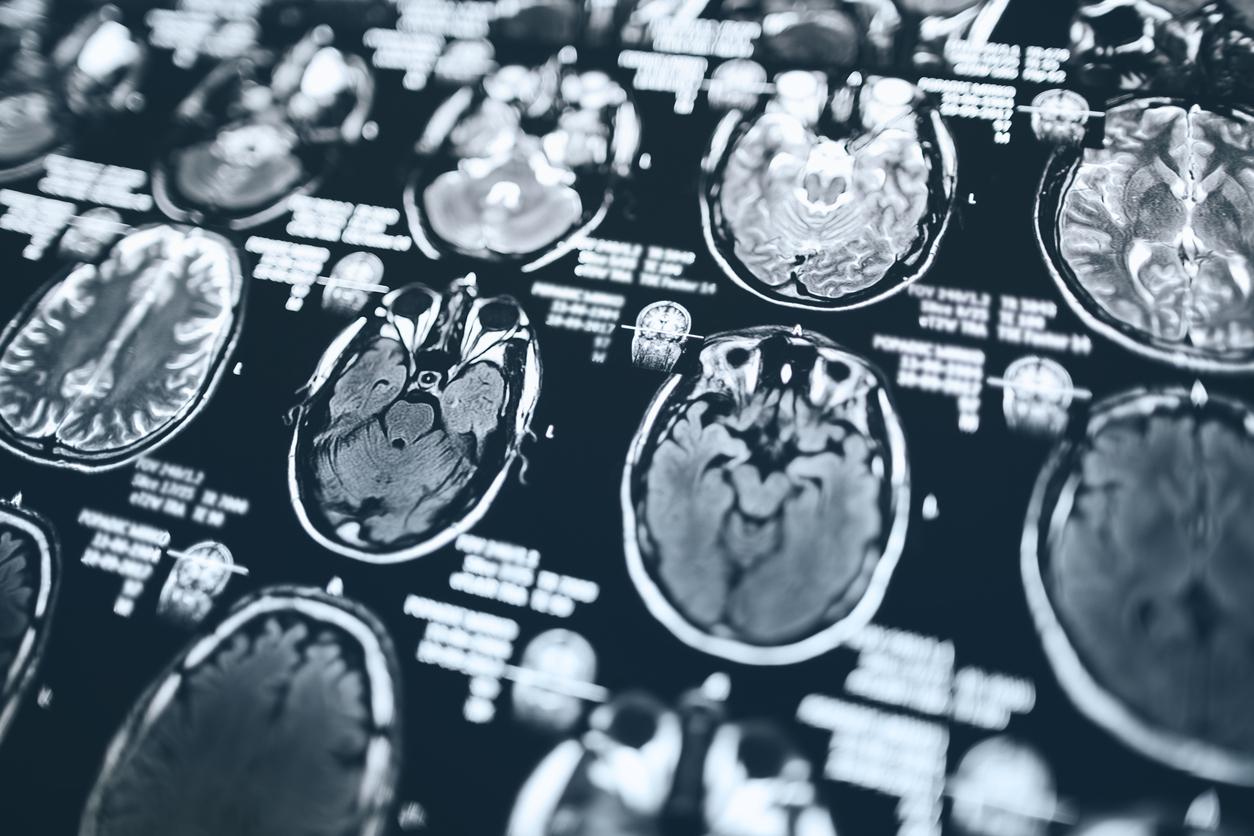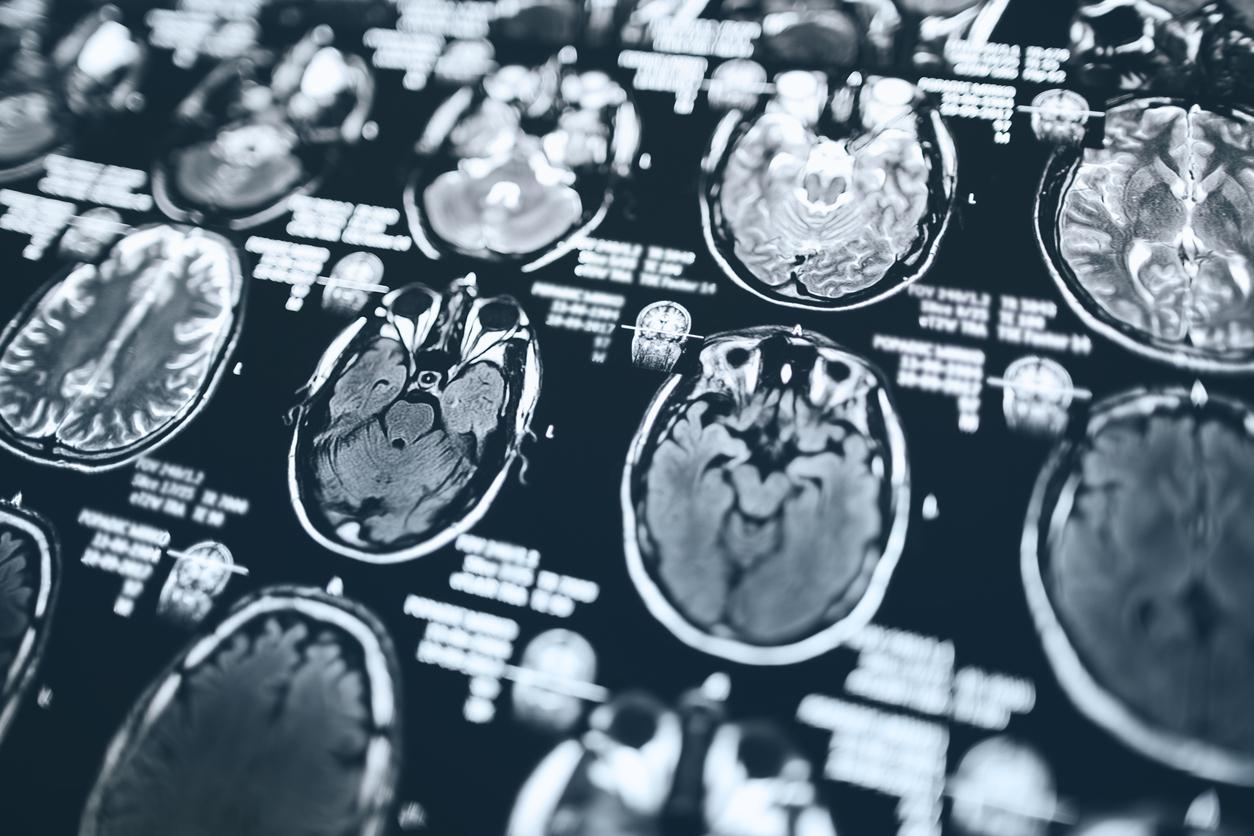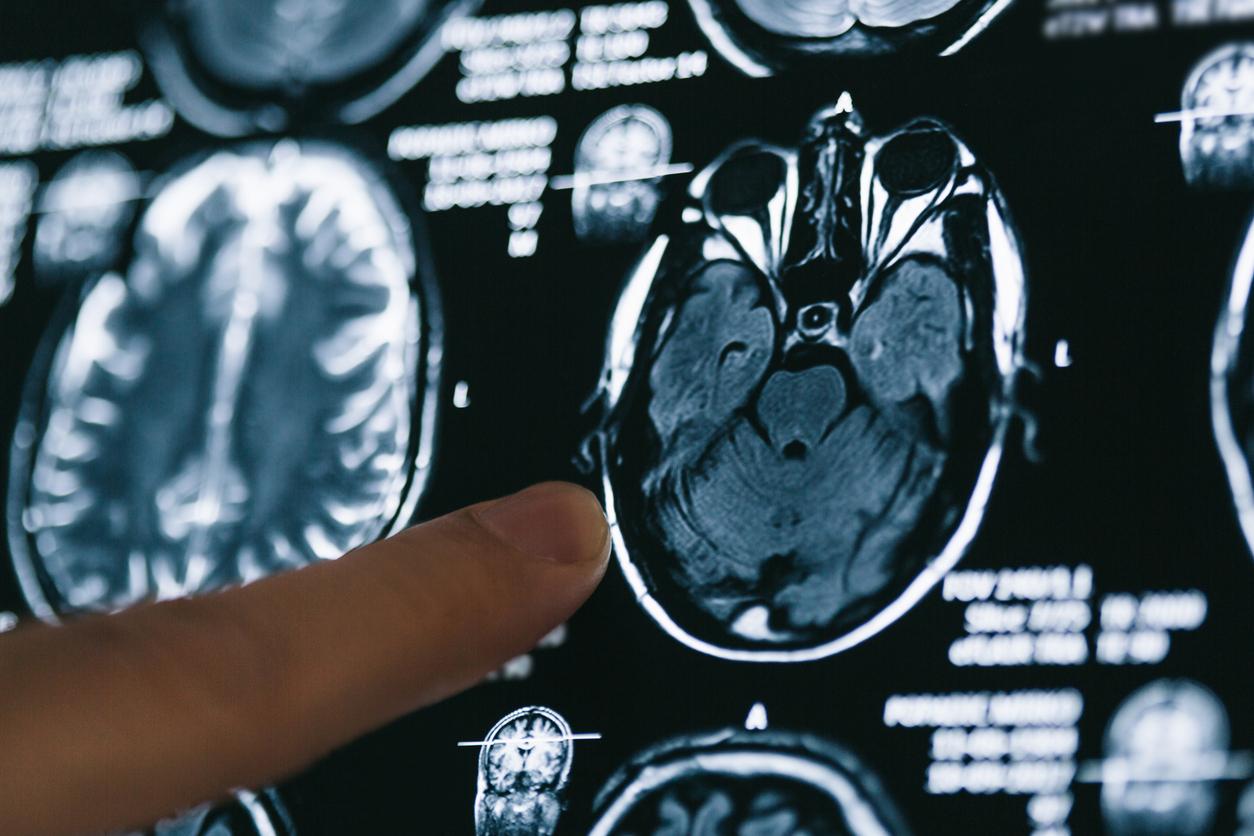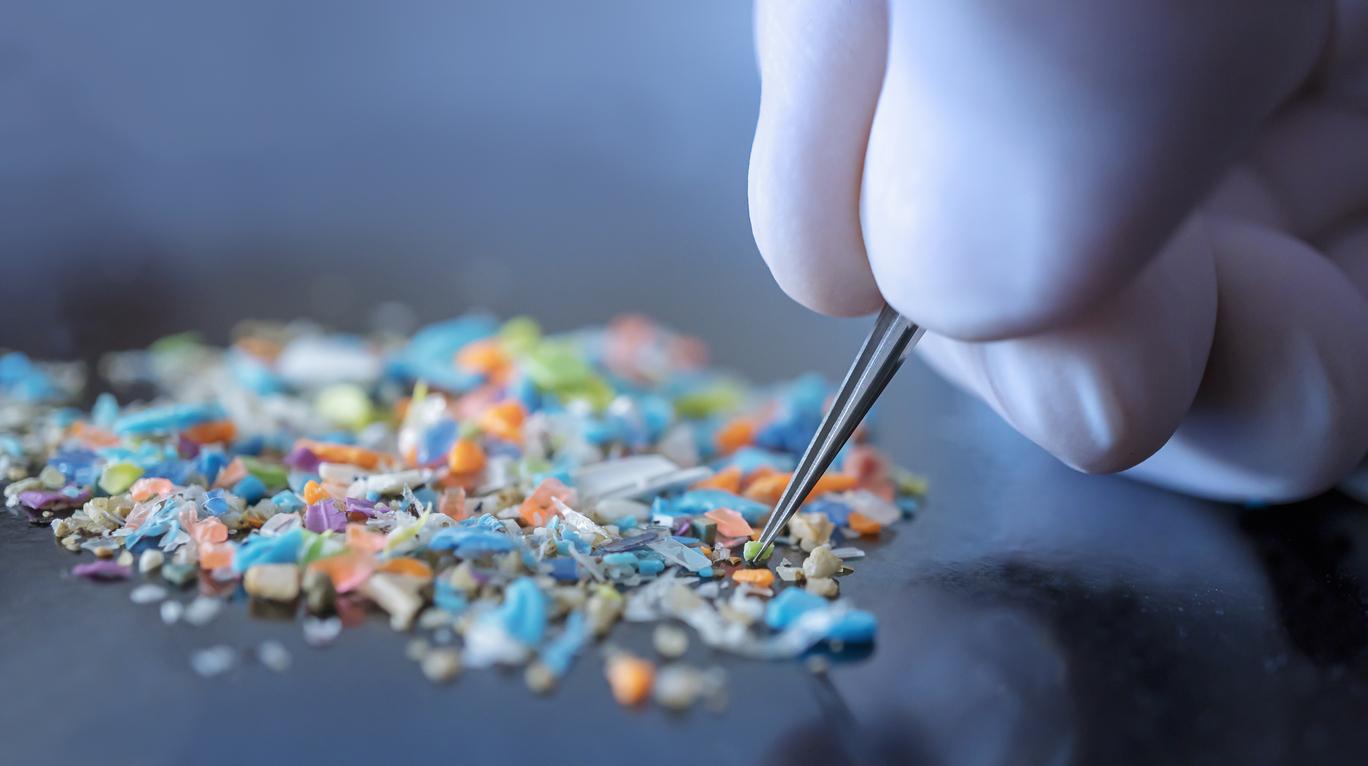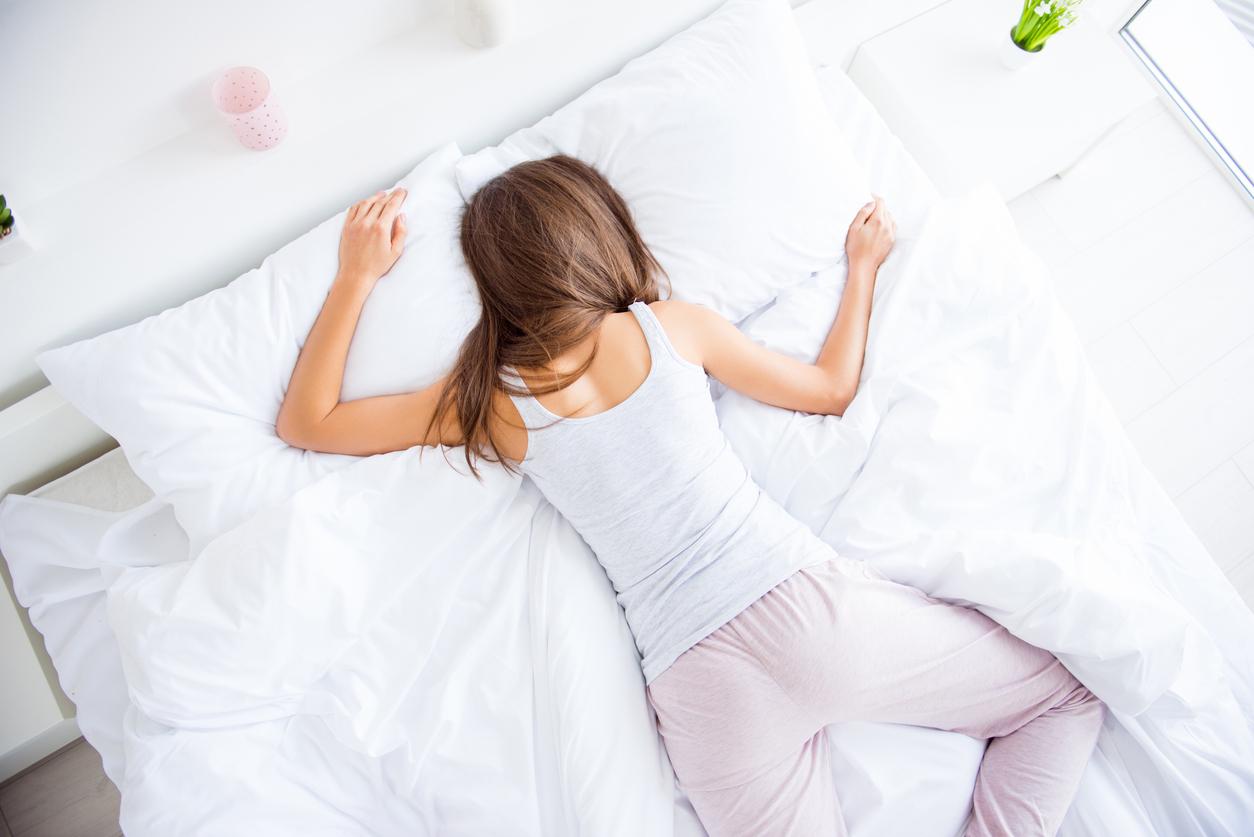How do we go from wakefulness to sleep? How is it that one can be overexcited and deeply asleep at two neighboring moments? To understand the mechanism of sleep, we must study the chemistry of the brain.
The brain is stimulated by 5 different types of neurotransmitters. We find serotonin (called the hormone of happiness), acetylcholine, catecholamines (adrenaline, noradrenaline, dopamine), glutamate, and histamine. They play a role in being awake, as well as being asleep.
Arousal systems inhibited by brain chemistry
When the brain “falls asleep”, it fights against itself by deactivating mechanisms, and in particular the powerful vigilance-awakening system. The dormant brain begins with a first phase, called light, which is carried out thanks to weak internal and external stimulations. Then, around 3 a.m. in general, our brain goes into “deep sleep” mode.
At this moment, GABA inhibits all arousal systems which are almost put into “silence” mode. When we dream, it is because the brain receives a form of reactivation via acetylcholine. “A set of biological parameters characterize paradoxical sleep during which the dream will occur. Some, called tonic, persist throughout the duration of the dream, such as muscle paralysis and rapid cortical activity”,explains Jean-Louis Valatxresearch director at Inserm, Claude-Bernard University, Lyon.
Source: Claude-Bernard University, Lyon
Read also:
- What is the best position for sleeping?
- The 10 superpowers of sleep
















